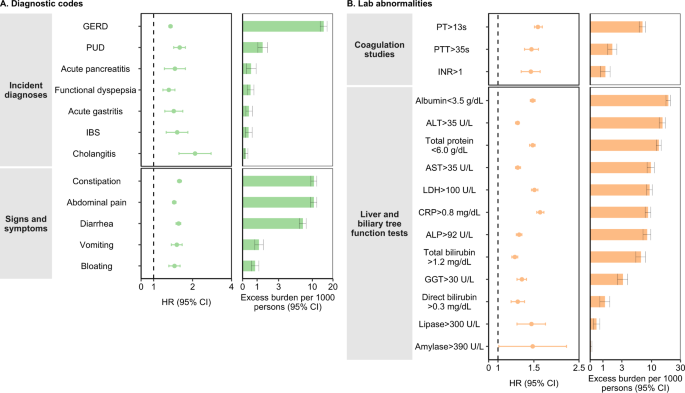組織埋め込み型の伸縮自在なナノエレクトロニクスにより、幹細胞由来心筋細胞の成長と性能に隣接細胞が及ぼす影響の解明が可能になる Tissue-embedded stretchable nanoelectronics enable insights into the influence of neighboring cells on stem-cell-derived cardiomyocyte growth and performance
2023-03-08 ハーバード大学
ハーバード大学ジョン・A・ポールソン工学・応用科学大学院(SEAS)の研究により、微小な電子デバイスを細胞内に埋め込んで、単一細胞レベルで心筋細胞の機能発達と成熟を監視することができるようになった。
この研究により、ステム細胞由来の心筋組織を治療用に使用することができる可能性があると示唆された。しかし、安全にヒトに使用するためには、植え込まれたステム細胞由来の心臓細胞が周囲の組織に適切に成長し、統合するために、細胞レベルと分子レベルで正確に理解する必要がある。
この技術を使用して、従来は重要ではないとされていた、血管内皮細胞が、ステム細胞由来の心筋細胞の成熟に不可欠であることが示された。また、機械学習に基づく解析を使用して、心筋細胞の電気波を解釈することができる。研究者は、これらのサイボーグを使用して、異常な電気活動を検出し、高度なターゲット電圧を提供するリアルタイムフィードバックシステムを開発することを目指している。
<関連情報>
- https://seas.harvard.edu/news/2023/03/cyborg-technology-analyzes-functional-maturation-stem-cell-derived-heart-tissue
- https://www.science.org/doi/10.1126/sciadv.ade8513
組織埋め込み型の伸縮自在なナノエレクトロニクスにより、内皮細胞を介したヒト3次元心臓マイクロティッシュの電気的成熟が明らかになった Tissue-embedded stretchable nanoelectronics reveal endothelial cell–mediated electrical maturation of human 3D cardiac microtissues
Zuwan Lin,Jessica C. Garbern ,Ren Liu,Qiang Li,Estela Mancheño Juncosa,Hannah L.T. Elwell,Morgan Sokol,Junya Aoyama,Undine-Sophie Deumer ,Emma Hsiao,Hao Sheng,Richard T. Lee,Jia Liu
Science Advances Published:8 Mar 2023
DOI:https://doi.org/10.1126/sciadv.ade8513

Abstract
Clinical translation of stem cell therapies for heart disease requires electrical integration of transplanted cardiomyocytes. Generation of electrically matured human induced pluripotent stem cell–derived cardiomyocytes (hiPSC-CMs) is critical for electrical integration. Here, we found that hiPSC-derived endothelial cells (hiPSC-ECs) promoted the expression of selected maturation markers in hiPSC-CMs. Using tissue-embedded stretchable mesh nanoelectronics, we achieved a long-term stable map of human three-dimensional (3D) cardiac microtissue electrical activity. The results revealed that hiPSC-ECs accelerated the electrical maturation of hiPSC-CMs in 3D cardiac microtissues. Machine learning–based pseudotime trajectory inference of cardiomyocyte electrical signals further revealed the electrical phenotypic transition path during development. Guided by the electrical recording data, single-cell RNA sequencing identified that hiPSC-ECs promoted cardiomyocyte subpopulations with a more mature phenotype, and multiple ligand-receptor interactions were up-regulated between hiPSC-ECs and hiPSC-CMs, revealing a coordinated multifactorial mechanism of hiPSC-CM electrical maturation. Collectively, these findings show that hiPSC-ECs drive hiPSC-CM electrical maturation via multiple intercellular pathways.


